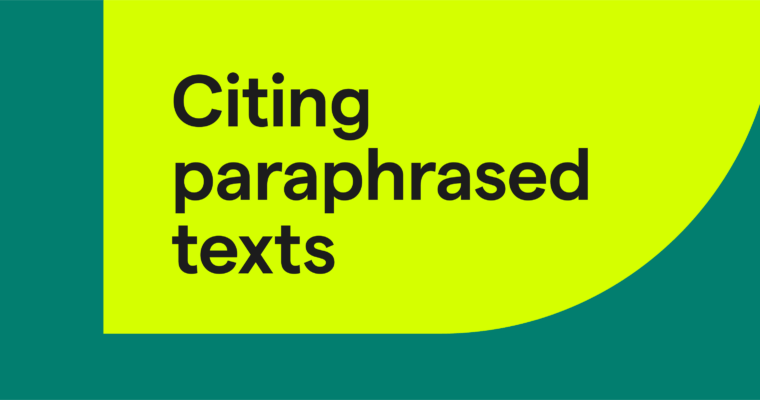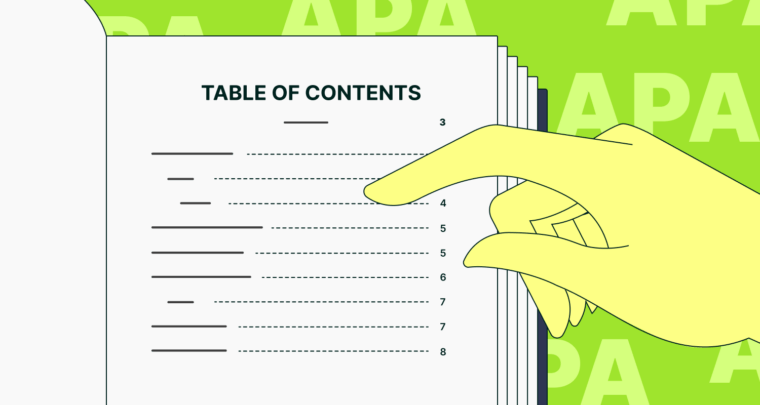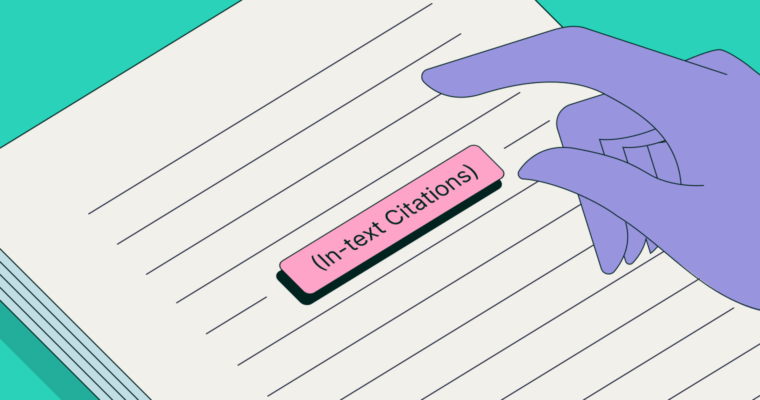A part and apart are often confused, especially by non-native speakers of English. Apart is mostly used as an adverb, denoting a separation between two or more things. A part (two words) means “a fraction of a whole,” or in theatre, “an actor’s role.” Apart from is a frequently used preposition.
The two expressions are identical in spelling but for a space, and they have similar origins. Apart came to English from the Latin words ad, meaning “to,” and pars, meaning “a piece, division, or share.” Part is derived from partem, the Latin accusative form of pars. Isn’t it amazing how a word that is all about separation came to be so similar to a phrase that has to do with being integral to a unified whole?
When to use apart
Use apart adverbially to show how two things are separated physically, figuratively, or in time. Carefully avoid using a part when this is your intended meaning.
It can also be used to mean “to render in parts or pieces.”
I sewed the hem too short on this dress, so I’m going to take it apart.
Apart from can be used as a preposition meaning “besides” or “except for.”
Apart can also be used as an adjective in the sense of separate or isolated.
When to use a part
A part is two words: a is an article and part is a noun synonymous with piece. A part is frequently seen in the company of the preposition of.
May I have a part of
your steak? After a year or so, Mary began to feel like a part
of her community.
Keep in mind that the article a might not be essential to your sentence. These three sentences, for example, are identical in meaning to the three above, and are equally correct.
May I have part of
your steak? After a year or so, Mary began to feel like part of
her community.
Of course, part can also refer to a piece or component of something.
Last, a part can refer to an actor’s role in a play, musical, or film.
Tips to remember a part and apart
Apart has to do with being or rendering separate.
A part is something that is a piece of something else that is considered whole or together.





